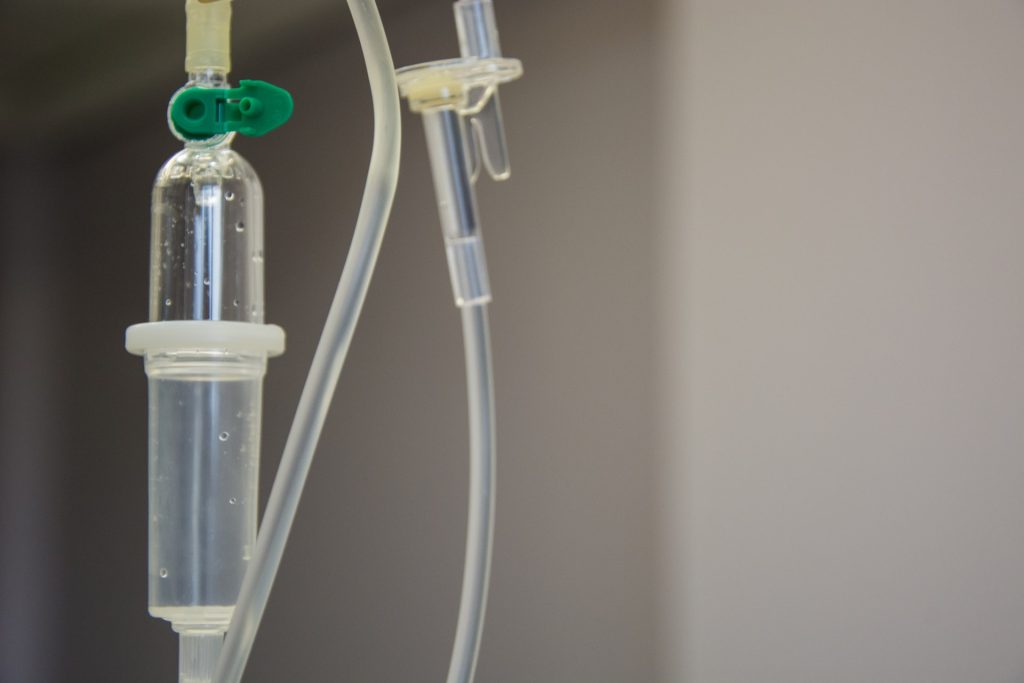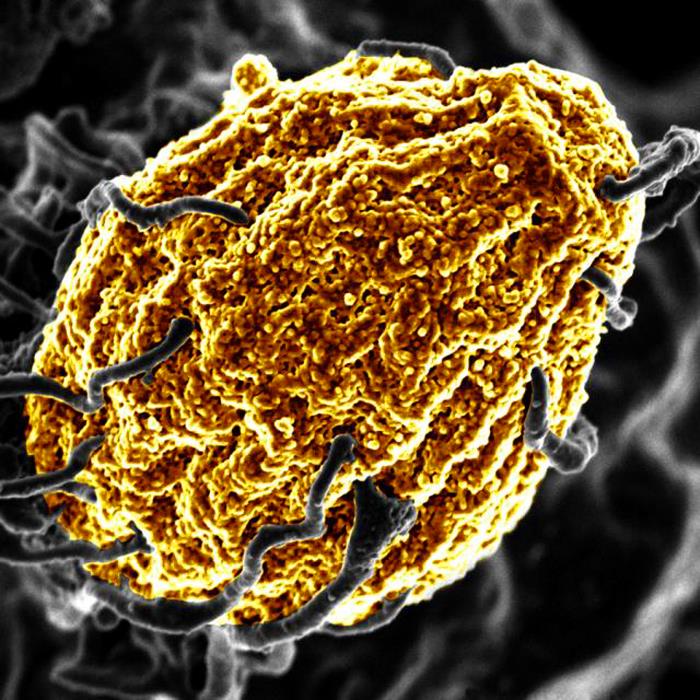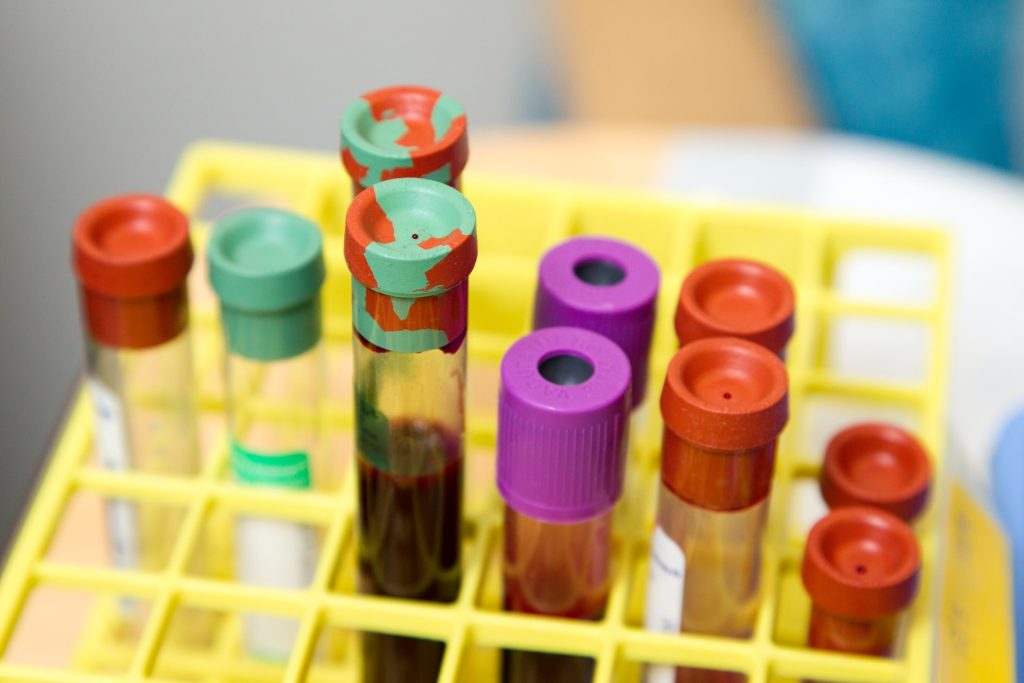Which is Better? Prolonged vs Intermittent Infusion of β-Lactams in Sepsis

In adults with sepsis or septic shock, β-lactams are recommended by Surviving Sepsis Campaign guidelines, in a prolonged (after an initial bolus) rather than intermittent infusions – but owing to only moderate quality of evidence this is currently a weak recommendation. Now, a new systematic review and meta-analysis comparing the two approaches across multiple clinical trials has found a survival benefit for prolonged infusion The findings appear in JAMA.
To address whether prolonged infusions of β-lactams improve clinically important outcomes in critically ill adults with sepsis or septic shock, the study investigators searched medical databases for relevant randomised controlled trials comparing β-lactam infusion types in critically ill adults with sepsis or septic shock. The primary outcome was 90-day mortality, with secondary outcomes including intensive care unit (ICU) mortality and clinical cure.
In all, they found 18 eligible trials that included 9108 critically ill adults with sepsis or septic shock (median age, 54 years; 5961 men [65%]), 17 trials (9014 participants) contributed data to the primary outcome.
The pooled estimated risk ratio for all-cause 90-day mortality for prolonged infusions of β-lactam antibiotics compared with intermittent infusions was 0.86, with high certainty and a 99.1% posterior probability that prolonged infusions were associated with lower 90-day mortality. There was high certainty that prolonged infusion of β-lactam antibiotics was associated with a reduced risk of ICU mortality (risk ratio, 0.84) and moderate certainty of an increase in clinical cure (risk ratio, 1.16).
The findings were tempered with the authors’ understanding that, “Potential challenges associated with prolonged infusion administration, including drug instability and incompatibility with other intravenous medications, the need for a dedicated intravenous portal, and the potential effect on clinical workload, require some considerations before broad implementation. Future studies should determine the optimal duration of infusion when β-lactam antibiotics are administered as prolonged infusions.”
The authors concluded that, “Among adults in the intensive care unit who had sepsis or septic shock, the use of prolonged β-lactam antibiotic infusions was associated with a reduced risk of 90-day mortality compared with intermittent infusions. The current evidence presents a high degree of certainty for clinicians to consider prolonged infusions as a standard of care in the management of sepsis and septic shock.”








